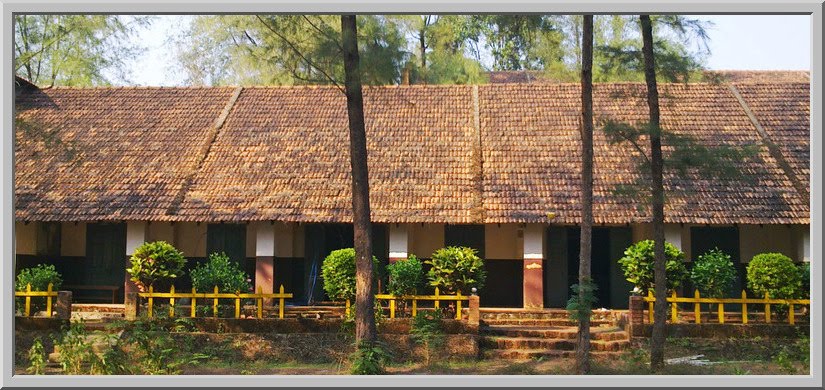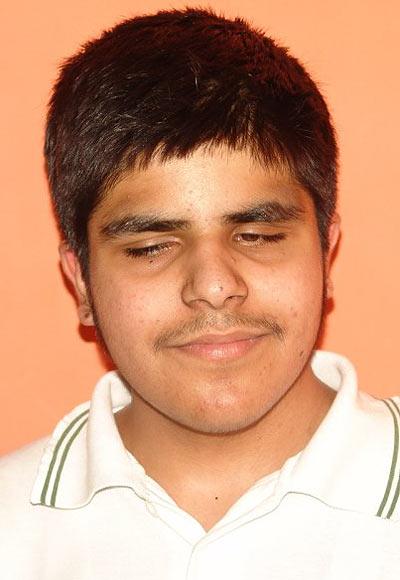PREPARED BY FATHIMA
R. A SCIENCE STUDENT OF COTTONHILL G.G.H.S.S, TRIVANDRUM FROM THE INSPIRATION
DREW OUT OF HER TEACHER SAJEENA SHUKKOOR, H.S.S.T., COTTONHILL G.G.H.S.S.
CRITICAL APPRECIATION OF AS I GREW OLDER
Langston Hughes, the Afro-American poet, was one among a few
who sowed the seeds of Black Literary Renaissance namely Harlem Renaissance in
Africa. His poems present his miserable
life in America.
The poem As I Grew
Older is the self-expression of a black American who is destined to live
under the shadow of whites in America.
Through this poem the poet aims to define the cultural identity of
Blacks in America.
The poem is autobiographical in tone and it can be treated
as a mirror to the life of Black Americans.
The poet too had gone through the bitter experiences of living as a
Black American.
The poem puts across the strong message of social protest
against the inequalities of our society.
It is a socially relevant poem as it stands close to social reality.
The poem can be visualized as a transition from infancy, the
early phase of life to the stage of late life or the mature stage of life. The poem begins with the freshness,
innocence, optimism and purity of childhood.
When the poet was young, he was not conscious about the world outside
him. He was just starting to take off
his wings and fly with his hope and aspirations of future. But his dreams were crushed. The repetitive mode of the poem is significant
here. The word ‘slowly’ is repeated
several times and it was a gradual realization for him that he was ‘black’ and
therefore denied everything in life.
Slowly he succumbs to his fate and accepts his defeat. While admitting
his state of helplessness, he commands his hands to break through the wall of
prejudices before him.
The poem possesses an ironic tone. The lines “Break through the wall’ has a
hidden protest in it. He knows that it
is inhuman to break the wall of social barriers hence the preposition ‘through’
is used to refer to his nearest attempt to cross the blocks. He strives hard to evade such negative forces
in life within the limited capacity of his situations.
Even though the poem does not follow a definite rhyme scheme
the poet attempts a quite different style of writing. The light shadow contrast and elements of
social protest are all characteristics of his verse.
The poet has deliberately been selective in the use of words
like ‘whirling dreams’, ‘shatter the darkness’, ‘smash the night’, ‘break
through the wall’, ‘bright dream’, ‘dark hands’, ‘I am black’ etc. The diction is much forceful to create a
strong impact on the readers.
The number of lines in each stanza of the poem clearly
depicts the transition or the stages of growing up. The first stanza is composed of simple 6
lines. He has used a plain and light
figure of speech simile to compare his dreams to the bright sun. Ignorance was a bliss or blessing for him in
childhood. Brightness of the sun suggests the purity and freshness of his
thoughts when he started his life. The
vitality and exuberance of the dream is carried out in this line.
The second stanza seems more complex with 11 lines. While he grew up, he became more aware of
what was happening around him. In this
stanza he uses complicated figures of speech.
The metaphor of wall symbolizes racism, prejudice and humiliations which
he was forced to suffer. All these
impediments made his life more difficult.
Towards the third stanza the language of the poem becomes further
complicated. The stanza starts with a
strong line ‘I am black’. It was the
final realization of the poet when he became matured. Then he becomes hapless, hopeless and
helpless before his plight. He is forced
to admit the surrender of his dreams before the white men. He became a mere shadow which lies under the
white people.
He uses typical words like ‘shadow’, which is a metaphor for
his black identity. The light of his
dream replaced by a shadow is crumbled by the feet of whites. He exclaims, “dark hands” and he knew the
colour of his skin brought disgrace and humiliation to him. ‘Dark hands’ is a metaphor of his attempts to
cross the barrier or his mere trials to replace it which bore no fruit. The poet brings in a contrast of night and day
or darkness which is despair and the colour of his dreams which inspires him to
live.
The title As I Grew
Older assumes greater significance in the context of the poem. As the poet comes of age, he discovers that
he is only a shadow destined to live in darkness his social sphere has created
forcefully.
In short, the poem stands close to life which is always
beautiful with its pains and gains.






